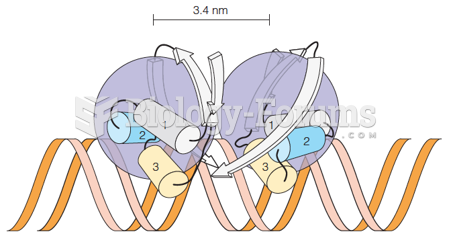Answer to Question 1
B
Initial discharge planning begins upon admission. The assessment phase is a time to establish the nurseclient and nursefamily relationships and begin the discharge planning process.
After the operation has been completed is too late to begin the discharge planning process.
The day before discharge is too late for the nurse to gather all pertinent information and begin teaching and coordinating resources.
After a complicated operation, the patient may well be discharged on narcotic analgesics. Waiting for the patient to not need them anymore might mean the patient gets discharged without teaching being done.
Answer to Question 2
B
This culture or environment would be considered immature, so the CNO needs to start with basic building blocks of a safe environment, including teamwork and skilled communication.
Eventually, the CNO would want to implement policies similar to Stop the Line, whereby all nurses have the authority to speak up and intervene before problems arise. However, in a facility where even basic safety is an issue (an immature environment), training needs to occur on more basic ideas of safety, such as skilled communication and teamwork.
A culture of safety includes focusing on system problems leading to safety issues, not on individual nurses. Having all nurses reapply for their jobs indicates that because of past problems, only the best nurses (or nurses with better safety records) will be retained. It would be better to start fresh by implementing the just culture philosophy and move forward without penalizing the staff for past problems.
Informing nurses that it is their job to report potential safety problems would be part of any drive to improve patient safety and outcomes, but this alone will not empower the staff to report problems, especially proactively.






